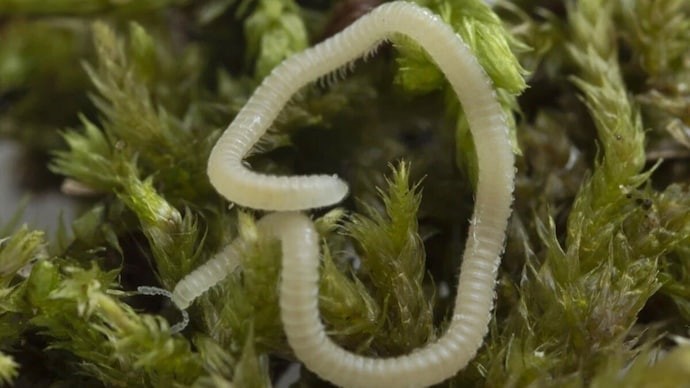Free Courses Sale ends Soon, Get It Now


Free Courses Sale ends Soon, Get It Now



Disclaimer: Copyright infringement not intended.
Context
Details
Glossy and Blind Arthropod
Microscopic Marvel
Named After Los Angeles
Conservation Challenges
Protecting Precious Resources
Millipedes
Physical Characteristics
Habitat and Distribution
Feeding and Diet
Defense Mechanisms
Reproduction and Life Cycle
Ecological Importance
Conclusion
In conclusion, millipedes are intriguing arthropods with unique adaptations and important ecological roles. Their ability to break down organic matter and release defensive chemicals showcases their fascinating characteristics. By understanding and appreciating these creatures, we can gain valuable insights into the intricate workings of nature and the balance of ecosystems. The discovery of the Los Angeles Thread Millipede, with its unique features and enigmatic nature, reminds us of the hidden wonders beneath our feet and the importance of preserving and exploring Earth's rich biodiversity for a sustainable future.
|
PRACTICE QUESTION Q. Which of the following statements about millipedes is/are correct? 1. Millipedes are insects belonging to the class Diplopoda. 2. Millipedes have one pair of legs per body segment. 3. Millipedes are venomous and can deliver a harmful sting. Select the correct option: a. Only statement 1 is correct. b. Statements 1 and 2 are correct. c. Statements 2 and 3 are correct. d. All of the above statements are correct. Answer: a |
© 2024 iasgyan. All right reserved